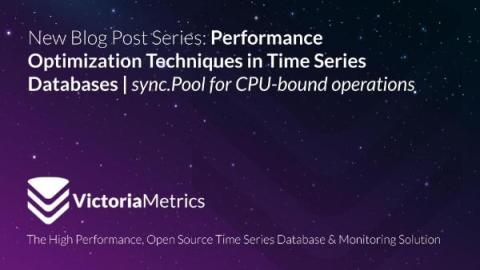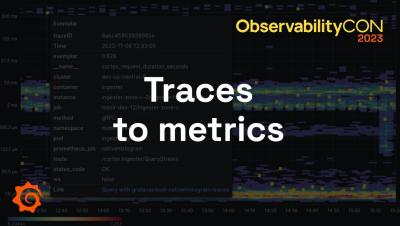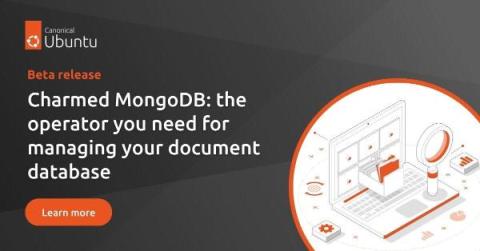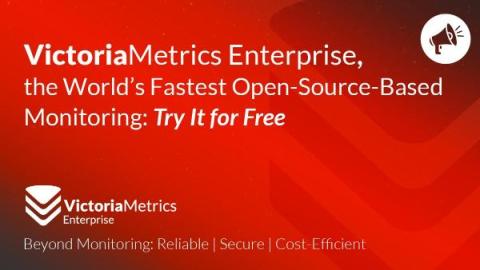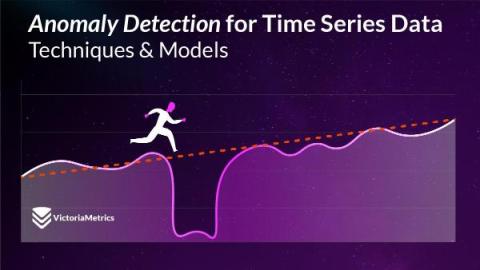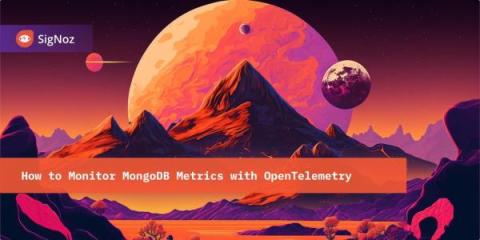Performance optimization techniques in time series databases: sync.Pool for CPU-bound operations
Internally, VictoriaMetrics makes heavy use of sync.Pool, a data structure built into Go’s standard library. sync.Pool is intended to store temporary, fungible objects for reuse to relieve pressure on the garbage collector. If you are familiar with free lists, you can think of sync.Pool as a data structure that allows you to implement them in a thread-safe way.


